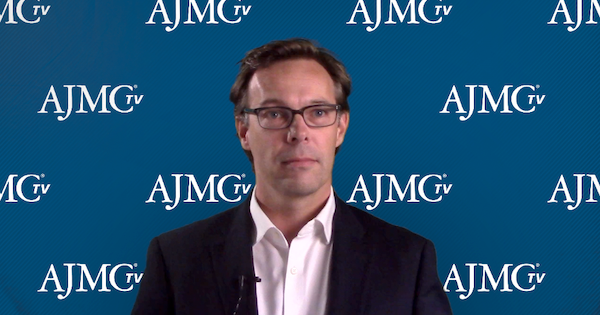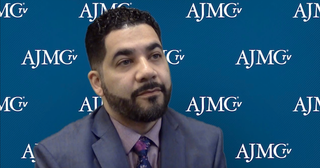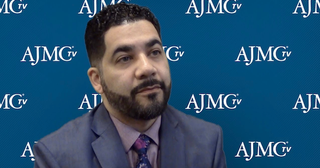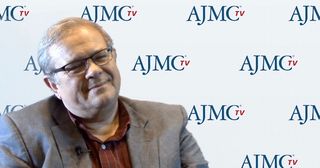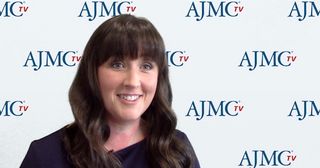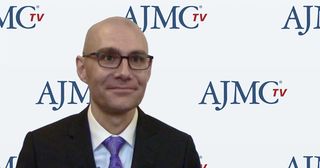
Alternative Payment Models
Latest News
Latest Videos

CME Content
More News

Today, the Health Care Payment Learning & Action Network (LAN) launched the Roadmap for Driving High Performance in Alternative Payment Models. The roadmap is designed as a customizable, interactive tool to assist healthcare payers, providers, and various stakeholders in navigating alternative payment model (APM) implementation.

In a session at the Academy of Managed Care Pharmacy Annual Meeting held March 25-28 in San Diego, California, speakers discussed the value-based contract process in Medicaid from both the manufacturer and the payer perspectives.

A diverse panel of representatives from different practice models provided insights into what has worked for them and what has not in trying to improve cancer care. The discussion took place in Washington, DC, at the Association of Community Cancer Centers

Among the survey’s crucial finding are that value-based contracts are not yet seeing marked success. According to the survey results, 39.8% of respondents said that the majority of value-based relationships within the healthcare market will not contain both upside and downside shared risk for another 3 to 5 years.
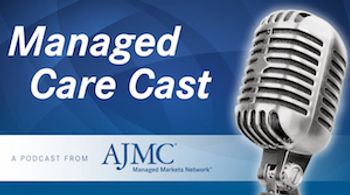
The federal government has been releasing a number of policies and proposals that will affect care delivery and are aimed at rising costs of care and prescription drugs.

Current population health efforts have been hampered by the misalignment of accountability. Thus, population health management will improve when shared accountability among stakeholders is achieved.

This article describes how one accountable care organization (ACO) created a risk-adjusted algorithm to evaluate current and potential candidates for skilled nursing facility partnerships.
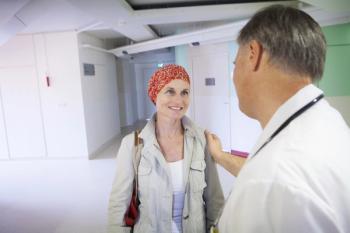
How to improve patient-reported measurement in oncology valued-based care is the focus of a new report from The National Pharmaceutical Council and Discern Health.

Although safety net organizations are eligible for some two-thirds of federal payment reform programs, fewer than 20% of these programs directly target the safety net.
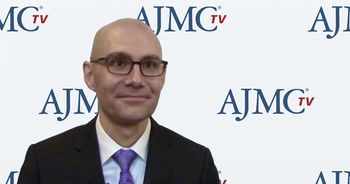
Not only are there more dollars being place in value-based contracts, but the healthcare community is starting to see the benefits of these programs, explained Scott Hewitt, vice president, payment strategy and innovation, UnitedHealthcare.

We surveyed biopharmaceutical manufacturers and payers to understand the prevalence and characteristics of value-based payment arrangements, as well as their implementation obstacles and success factors.

How can the health industry ensure that cutting-edge gene therapies and other curative treatments get to the patients that need them, without leaving payers financially exposed? Representatives of payers and biotechnology companies discussed some of the novel discussions that are taking place as they work through issues of expense and access during “Paying for Cures: Ensuring patient access and system sustainability," a 1-day event in Washington, DC.

As CMS prepares to implement its new Pathways to Success program (formerly Medicare Shared Savings Program) for accountable care organizations (ACOs), some ACOs may consider Medicare Advantage a more beneficial arrangement, explained Kim Kauffman, MPH, vice president of value-based care at Summit Medical Group.

While not every doctor is successful in value-based contracts, there is a shift in the right direction to more value-based care, explained Scott Hewitt, vice president, payment strategy and innovation, UnitedHealthcare.
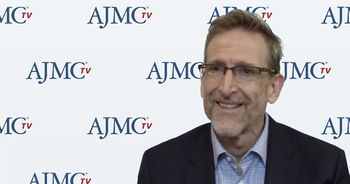
Compared with other payment models, like bundled payments or the Comprehensive Primary Care Program, accountable care organizations (ACOs) have done a better job of saving money, said Rob Mechanic, MBA, senior fellow at the Heller School of Social Policy and Management at Brandeis University and executive director of the Institute for Accountable Care.

The way accountable care organizations are set up makes them a perfect system of care for high-need, high-cost patients who might otherwise fall through the cracks of traditional delivery models, said Rob Mechanic, MBA, senior fellow at the Heller School of Social Policy and Management at Brandeis University and executive director of the Institute for Accountable Care.
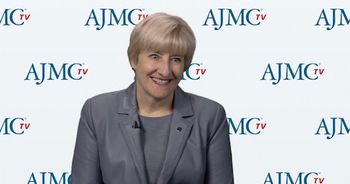
There needs to be a more trusting partnership between physicians and CMS and other payers that physicians want to deliver the best care to patients at a lower cost, said Barbara L. McAneny, MD, president of the AMA.

In this podcast, we speak with 2 experts to discuss results from Performance Period 2, and get insight into the successes, challenges, and lessons learned under the Oncology Care Model (OCM), thus far.

Coverage of our peer-reviewed research and news reporting in the healthcare and mainstream press.

Alternative payment models (APMs) introduce value-based incentives for greater hospital health information exchange (HIE) engagement. We find that APM participation is associated with lower HIE volume and greater HIE diversity, breadth, and depth.

Hospitals that are participating in Medicare’s mandatory bundled payment model for hip and knee replacements reported a decrease in spending per episode of $812 compared with control hospitals not participating in the Comprehensive Care for Joint Replacement (CJR) program.
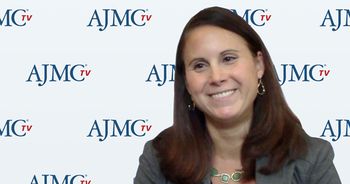
With a number of difference payment programs being tested, it’s important to have a sophisticated evaluation of these programs to really understand their impact on quality and cost, said Allison Brennan, MPP, senior vice president of government affairs for the National Association of ACOs.
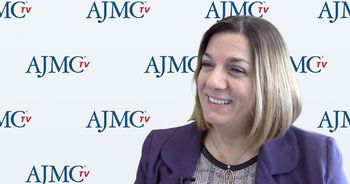
Results from the first 2 performance periods of the Oncology Care Model (OCM) highlighted areas where Northwest Medical Specialties was doing well and areas it could improve, said Sibel Blau, MD, medical oncologist at Northwest Medical Specialties, PLLC.


With the low cost and high quality of community oncology practices and 40% of Americans living in rural areas, the country needs to preserve and allow community practices to thrive, said Barbara L. McAneny, MD, president of the American Medical Association and CEO of the New Mexico Cancer Center.
